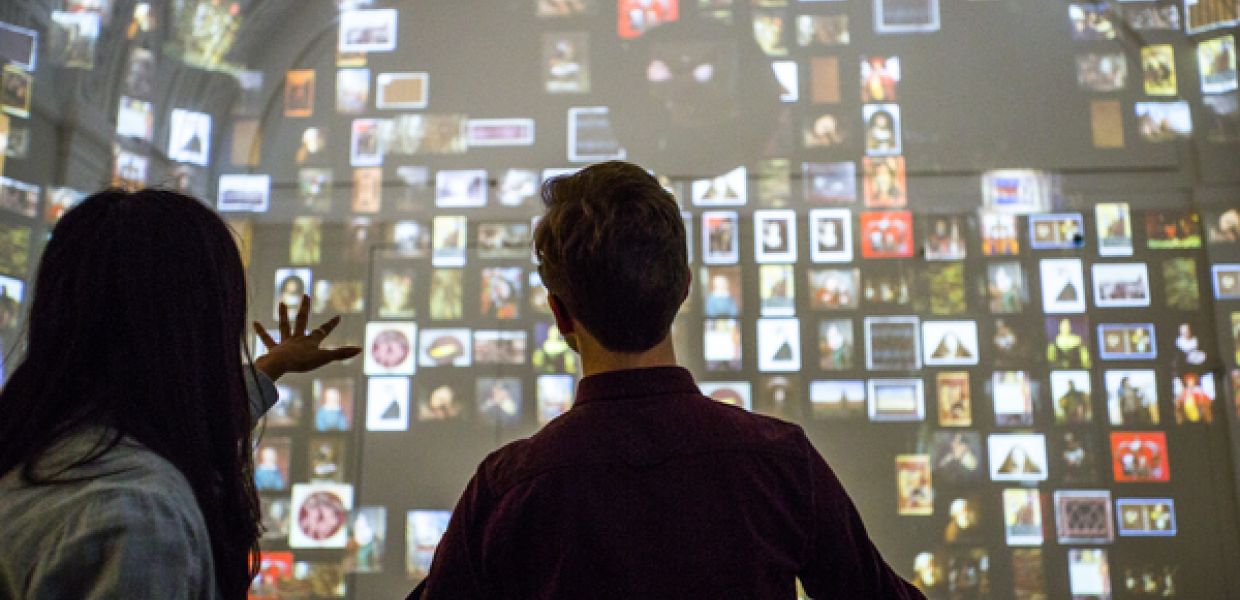Working towards the 2018 European Year of Cultural Heritage

Europeana is proud to announce its support and involvement in the first official Year of Cultural Heritage, an initiative by the European Commission, the European Parliament and the European Council. Throughout 2018, a series of events and activities online and across Europe will encourage European citizens to understand the past and imagine the future in relation to cultural heritage, reinforcing the sense of belonging to a common European space.
A year belonging to the cultural heritage sector
Since 1983, official European ‘Years’ have been encouraging dialogue between countries in addressing specific subjects like development (2015), citizens (2013 - 2014) and active ageing (2012). The idea of a focus on cultural heritage was initially raised in 2014 to strengthen the sense of a European identity, and the European Commission is currently outlining a direction for the Year and is keen that it belong to the cultural heritage sector. Organisations were invited to get involved with 35 chosen from more than 300 applicants. Calls for projects will be launched under several EU funding programmes, and we will keep our community and network informed of opportunities to join in.
After taking part in the kick-off meetings for preparation with stakeholders and member states, Europeana will help to shape the next steps. We’re also thinking about what Europeana’s contribution to the Year will be.
A sense of shared cultural heritage
Cultural heritage surrounds us in the monuments of our cities, in our landscapes and archaeological sites. It is preserved in literature and the arts as much as in crafts, food and traditions. It is safeguarded in collections managed by museums, libraries and archives; but also lives in intangible and digital forms. Through this variety of forms and aspects, it plays a valuable role in diplomacy, and contributes to the economy, directly employing over 300,000 people in the cultural sector.
In recognising the central place of culture and history in the existence of the European Union, and more widely across the Council of Europe countries, the European Year of Cultural Heritage has four aims: to further engage people with their cultural heritage; to promote its social and economic value; to foster its protection and preservation; and to stimulate interest and innovation.
Regional and transnational initiatives
To meet these four main objectives, a series of events will run throughout 2018, starting with a launch in December 2017 during the European Cultural Forum in Milan. This will include regional and local initiatives, but also national projects implemented by national coordinators designated by each of the EU member states. On the European level, it will be a joint effort by the European institutions, with up to 10 transnational projects to be funded with the support of the Creative Europe programme, Horizon 2020, Erasmus +, Citizens for Europe, and a number of other EU funding schemes. Alongside events sharing knowledge and highlighting tangible heritage, will be information and education campaigns to raise awareness and promote discovery of heritage in schools.
Understanding digital opportunities
There will be an emphasis on the impact and opportunities of the digital shift, drawing attention to what the EU can do for conservation, digitisation, infrastructure, research and skills development. Technology gives unprecedented access to cultural heritage; and using innovation and science is important for better presentation of heritage. To reach out to younger generations and wider audiences, activities will also be led online and feature digitised as well as born-digital resources.
Europeana will play multiple roles from helping others link the physical to the digital, to running a couple of pan-European campaigns on the influence of migration on cultural heritage and the end of WW1 and the birth of nations. We are also thinking of a schools, Wikipedia, UNESCO world heritage sites and Europa Nostra campaign that allows people to actively participate in the Year of Cultural Heritage from their neighbourhoods across Europe.
by Camille Tenneson
